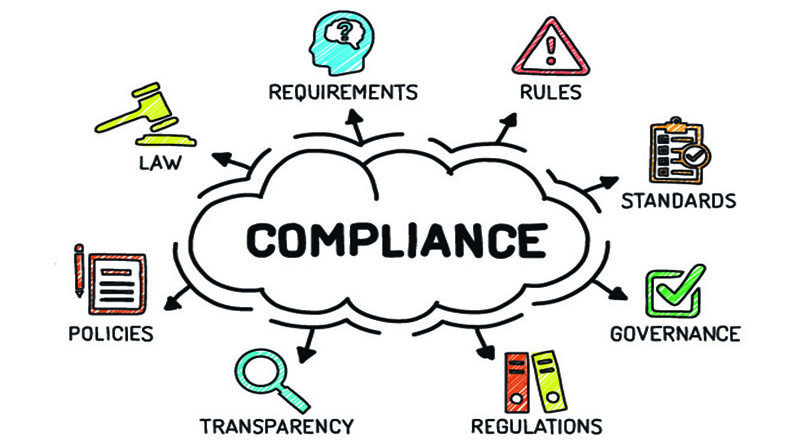The US Department of Labor today announced a final rule clarifying the standard for employee versus independent contractor status under the Fair Labor Standards Act (FLSA). Sharpening the test to determine who is an independent contractor under the FLSA makes it easier to identify employees covered by the Act, while recognizing and respecting the entrepreneurial spirit of workers who choose to pursue the freedoms associated with being an independent contractor.
The Final Rule includes the following clarifications:
- Reaffirms an “economic reality” test to determine whether an individual is in business for him or herself (independent contractor) or is economically dependent on a potential employer for work (FLSA employee).
- Identifies and explains two “core factors” that are most probative to the question of whether a worker is economically dependent on someone else’s business or is in business for him or herself:
- The nature and degree of control over the work.
- The worker’s opportunity for profit or loss based on initiative and/or investment.
- Identifies three other factors that may serve as additional guideposts in the analysis, particularly when the two core factors do not point to the same classification. The factors are:
- The amount of skill required for the work.
- The degree of permanence of the working relationship between the worker and the potential employer.
- Whether the work is part of an integrated unit of production.
- The actual practice of the worker and the potential employer is more relevant than what may be contractually or theoretically possible.
- Provides six fact-specific examples applying the factors.
The rule will take effect 60 days after publication in the Federal Register, on March 8, 2021.






